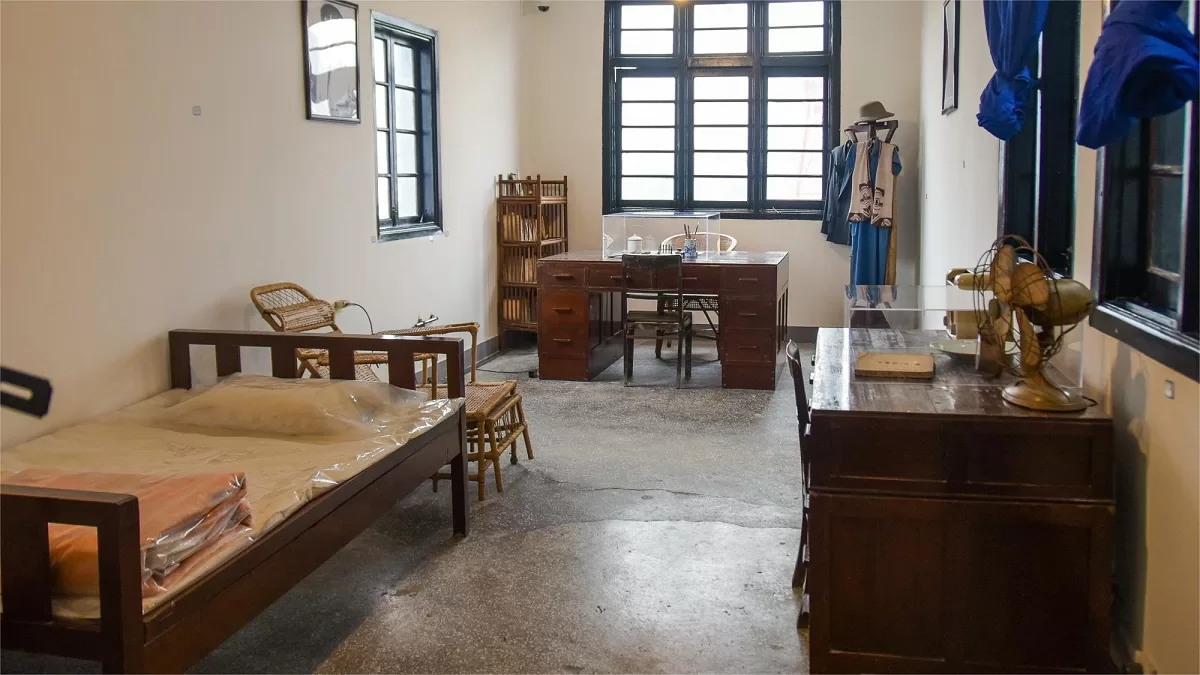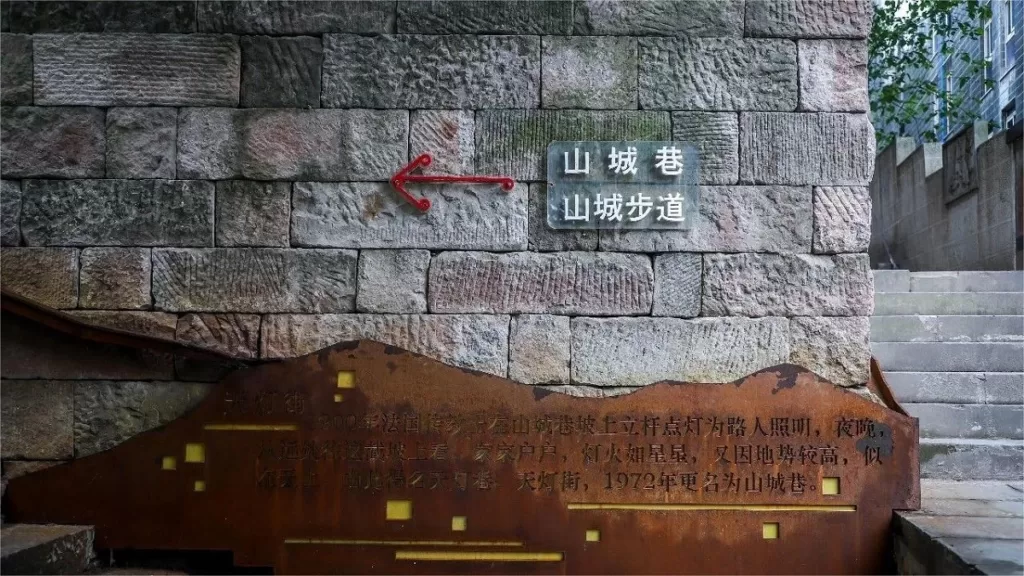Nestled in the heart of Chongqing, China, Zhougong Mansion, also known as the former residence of Zhou Enlai (周公馆), stands as a testament to both its rich history and the pivotal role it played in the tumultuous years of the Second Sino-Japanese War. This architectural gem, a fusion of Chinese and Western styles, boasts a striking brick and wood structure with two courtyards of different sizes, covering a total area of 364 square meters. With 17 rooms on the first floor, 10 on the second, and an additional 5 rooms in the attic, this mansion provides a glimpse into a bygone era when it served as a crucial hub for the Chinese Communist Party (CCP).
Table of Contents
- Basic Information
- Location and Transportation
- History of Zhougong Mansion
- Highlights of Zhougong Mansion
- Attractions near Former Residence of Zhou Enlai
Basic Information
| Estimated Length of Tour | 1 hour |
| Ticket Price | Free |
| Opening Hours | 9.00 – 19.00; Last admission: 18.30 |
| Telephone Number | 0086-023-63862323 |
Location and Transportation
Zhougong Mansion is conveniently located in Chongqing’s Yuzhong District at 50 Zhongshan Fourth Road, Chongqing, China. Visitors can reach this historic site using various modes of transportation.
By Metro:
- Take Metro Line 2 and alight at Zengjiayan Station. Use Exit C and it’s a short walk to reach Zhougong Mansion. Follow the signs or ask locals for directions.
By Bus:
- Several bus routes serve Zhougong Mansion. You can consider the following options:
- Bus 480 or Bus 553 to Zengjiayan Stop.
- Bus 145, 152, 181, 262, 322, 338, 421, 829, or 881 to Dalitang Stop.
History of Zhougong Mansion
The history of Zhougong Mansion begins in 1938 when the CCP representative delegation, led by Zhou Enlai, made the strategic decision to relocate from Wuhan to Chongqing in the midst of the Second Sino-Japanese War. Recognizing the need for a conducive workspace, Zhou Enlai personally leased this house under his own name. It would soon become a prominent office location for the CCP Southern Bureau within the city.
In 1939, under the dynamic leadership of Zhou Enlai, the likes of Deng Yingchao, Dong Biwu, Ye Jianying, and key institutions of the CCP’s Southern Bureau took up residence in Zhougong Mansion. It quickly evolved into a frontline stronghold for the Party’s leadership in the united front against Japanese aggression, solidifying its historical significance.
Highlights of Zhougong Mansion
Zhou Enlai’s Statue
Zhougong Mansion is not just a building; it is surrounded by historical symbolism. In front of the mansion lies Zengjiayan Square, featuring a grand bronze statue of Zhou Enlai. This statue serves as a poignant reminder of Zhou Enlai’s tireless efforts and dedication during a challenging period in China’s history.
Former Office fo Dong Biwu
Upon entering the front courtyard of Zhougong Mansion, one can spot the office of the Cultural Work Committee of the Southern Bureau. Originally, this room was occupied by Dong Biwu during his tenure in Chongqing. After his relocation to Yan’an, it transitioned into the Cultural Work Committee’s office. Additionally, the front courtyard houses a reception area that doubles as a meeting space, where important discussions and decisions were made.
Bedroom and Office of Zhou Enlai and Deng Yingchao
Walking through the entrance hall and proceeding into the rear courtyard, one encounters a modest 20-square-meter room located on the left, closer to the Jialing River. This unassuming space served dual purposes as the bedroom and office for Premier Zhou Enlai and Deng Yingchao. The room’s furnishings are simple, featuring only essential office furniture, a bed, and a few pieces of old-style furniture. A collection of photographs adorns the wall near the entrance, including images of Premier Zhou Enlai working in the room and snapshots commemorating the couple’s 15th wedding anniversary in Chongqing.
Secret Tunnel
Hidden away in a corner of the rear courtyard is an underground air-raid shelter that provides a direct route to the banks of the Jialing River. This shelter served a vital purpose during its time. Secret party members engaged in upper-level united front work and military intelligence frequently visited Zhougong Mansion to report on their activities and submit intelligence. These comrades often utilized the secret tunnel as a discreet exit from the premises.
Small Kitchen
In a charming corner of Zhougong Mansion’s courtyard, you’ll find a small kitchen. It was in this very kitchen that Premier Zhou Enlai himself cooked dishes such as “Hongshao Shizi Tou” (red-cooked lion’s head) to entertain and host cultural figures who visited Zhougong Mansion during those historic days.








